[ad_1]

How I took the Tequila City Tour
The Tequila City Tour was definitely an enlightening experience. I was in Guadalajara, Jalisco which is a few miles away from Tequila city. And I wanted to make the most of being this close. I was rather ignorant about Tequila the drink until I visited Tequila – The Intoxicating City. Curiosity got the better of me and egged me on to a day of the famous Tequila city tour.
A teetotaller in Tequila is as bizarre as a vegetarian in an abbatoir! I have a rare Bacardi Breezer; once a year and that’s how far my spirits go. But I have heard of Tequila specifically being taken as a shot with a lick of salt and lime!
My son booked me on a day tour with Experience Tequila Tours. They came home and picked me up in a Van at 10.30 am at Guadalajara. They charge $125 per person and it is a very personal and informative tour. It includes a professional guide and ours was, Fernando, a young research scholar from Guadalajara University who is passionate about Tequila.
 A Statue of Himadores or Farmers
A Statue of Himadores or Farmers
Tequila City Tour – An Unforgettable Experience
The Tequila City Tour firstly takes you to two distilleries and tastings. We were taken to Tequilas Selectos de Amatitán and Tres Mujeres. For lunch, we were served a traditional Jaliscan lunch in the village market then we went on a walking tour of the historic town centre, visited the National Tequila Museum or the Los Abuelos/Sauza Family Museum and finally dropped me home by 6 in the evening.
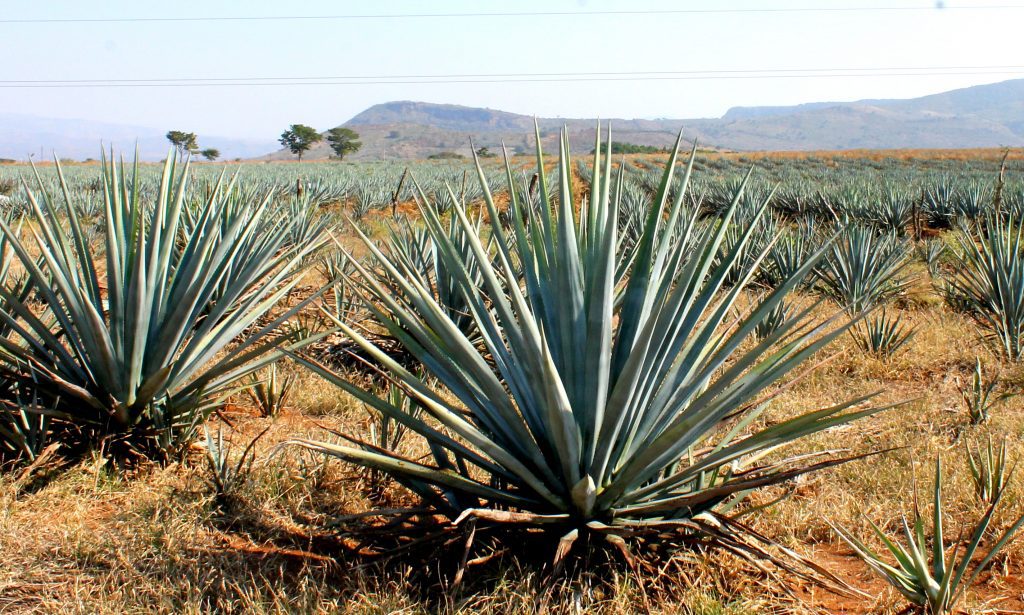 Agave plant
Agave plant
Legend of the Agave plant
While we were driving down, Fernando related the legend of Tequila according to the Nahuatl or the Aztecs. There are several legends doing the rounds and it is not clear which is real.
The Aztecs, for instance, believed that when the Earth began there was a goddess in the sky named Tzintzimitl but she was evil and she gobbled up the light. The Earth was then left in darkness and she compelled the natives to perform human sacrifices to give them a little light.
Quetzalcoatl, the ‘Feathered Serpent,” was exhausted from this treatment and he decided to do something about it. He rose up in the sky to fight the evil goddess and began to look for her. He did not find the goddess but found her granddaughter, Mayahuel, who was kidnapped by the evil goddess. Mayahuel was the goddess of fertility and was often portrayed as the goddess with four hundred breasts.
Interesting legend
Interestingly the legend sounds a lot like our Indian mythologies, isn’t it? Quetzalcoatl fell in love with her and instead of killing the evil goddess; he brought Mayahuel down to earth to live with him.
Of course, the evil Goddess was enraged and started to look for them. It forced them to run from one place to another and tired of doing that they decided that because there was nowhere else to hide they would become trees. During the run, they found two trees that were side by side; when there was wind their leaves would stroke one another.
Legend of Tequila Continues
They started living like that, but the evil goddess somehow found them and killed Mayahuel. Quetzalcoatl was furious. He buried her and flew to the sky and killed the evil goddess. The light shone again on Earth but Quetzalcoatl was devastated and every night he would go to her grave and mourn her.
The other gods decided to help him out. A plant grew on her grave and the Gods blessed it with hallucinogenic properties which would comfort the soul of Quetzalcoatl. Consequently, he would drink the potion that came from the plant and would feel relaxed thereafter.
To summarize, this is how the Nahuatl or Aztecs believed that the Agave plant came to be and the Tequila gave comfort to all those who have lost a loved one and so was born Tequila – The Intoxicating Drink and City.

Right after we left the Guadalajara city limits we could see miles and miles of blue Agave fields. Agave does not need much water or fertilizers as the volcanic soil is ideal for this cactus-like plant that is succulent but belongs to the lily family and creates this heady elixir.
According to Mexican law, Tequila can be produced only in the 5 states namely Tequila, and in the states of Guanajuato, Michoacán, Nayarit and Tamaulipas. The major chunk is produced in Jalisco, principally in the Tequila Valley. The name Tequila is also attributed to the drink produced only in this area and interestingly, Tequila produced anywhere else cannot be named the same.
Tres Mujeres distillery
Our first stop was the Tres Mujeres distillery. The Tres Mujeres distillery has its own farms and also a restaurant and strangely a cellar church which also housed the anejo barrels. The cellar is known as CAVA and in one section a few barrels were kept under lock and key with a particular light and classical music playing 24/7. Surprisingly, the music is supposed to help in enhancing the taste of the Tequila.
Tourist friendly and catering to the influx of tourists who end up buying the drink too from them turns out to be lucrative for the owner. You will inevitably end up buying a bottle or more as it is surprisingly cheap if you buy it in the factory during or after your tour as you get it at factory price. Apparently, the guide gets an instant cut when you buy from the distillery.
Selecto Distillery
Next, we went to the Selecto distillery which was obviously much bigger and used more mechanized tools than Tres Mujeres. After the tour of the distillery, we were offered Tequila to taste. I don’t drink so I was watching the others have shot after shot. You must have heard of salt and lemon as an accompaniment but there it was different.
Fernando our travel guide took a swig of Anejo (aged tequila which is best) and popped something in his mouth. I thought he was munching on a crispy snack. When I asked him he put a bottle in front of me and said he was eating that. And what was that?? Chapulin the bottle said! Deep-fried crispy grasshoppers which are a delicacy there and the best accompaniment with Tequila shots.
I am a vegetarian but strangely I was not disgusted but was shocked! Supposedly, the hacienda of Selecto is one of the best in the area and is built very aesthetically. The owner’s young daughters manage the show and sat with us through the drinking session when Fernando kept regaling us with his stories about Tequila – The Intoxicating City.
How is Tequila aged?
Interestingly, Tequila is aged, chiefly in white, French oak, or used bourbon barrels for a minimum of 1 year to produce a dark, very full-bodied spirit. Most of the best añejos are aged between 1 to 3 years while some of the best can spend up to 4 years in barrels. Many tequila aficionados believe that ageing longer than 4 years ruins the earthy flavour tones of the spirit. Añejo Tequila is said to be very smooth with a fine balance of agave, oak and with caramel undertones which are perfect for straight shots or even for those really special cocktails. Expectedly, añejo tequilas are some of the most expensive on the market.
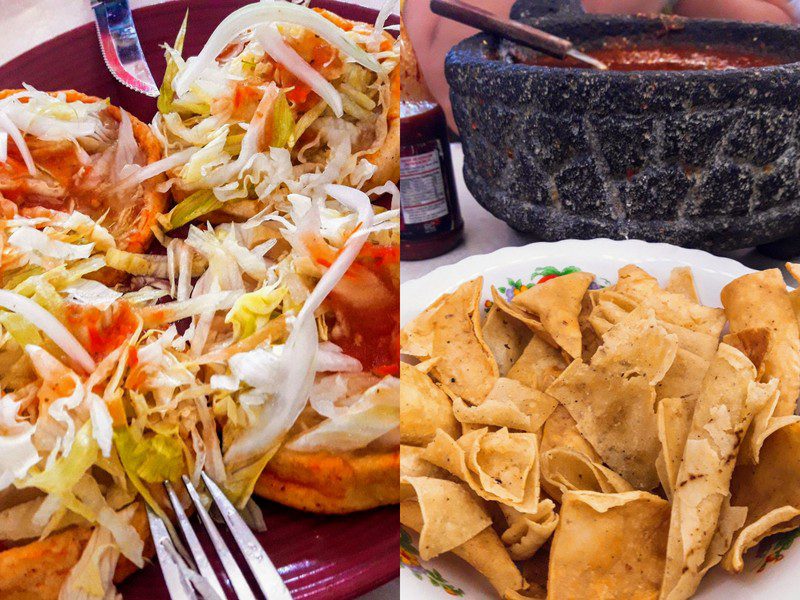 Mexican food
Mexican food
Mexican Lunch
By this time we learnt almost everything, there is to know about the making of the drink and the tummy was growling from hunger. Our next stop was a bustling restaurant which was like a food court. A plate full of Tortilla chips and a huge stone bowl of salsa and avocado sauce was placed in front of us as soon as we sat down and we attacked them like hungry wolves.
I played safe and ordered for Chilaquiles which I knew would be vegetarian. My fellow tour companions were a friendly mom and daughter duo from Mexico city. Andrea loved her spirits and kept taking shot after shot of the drink. Thankfully both Andrea and Natalia spoke English.
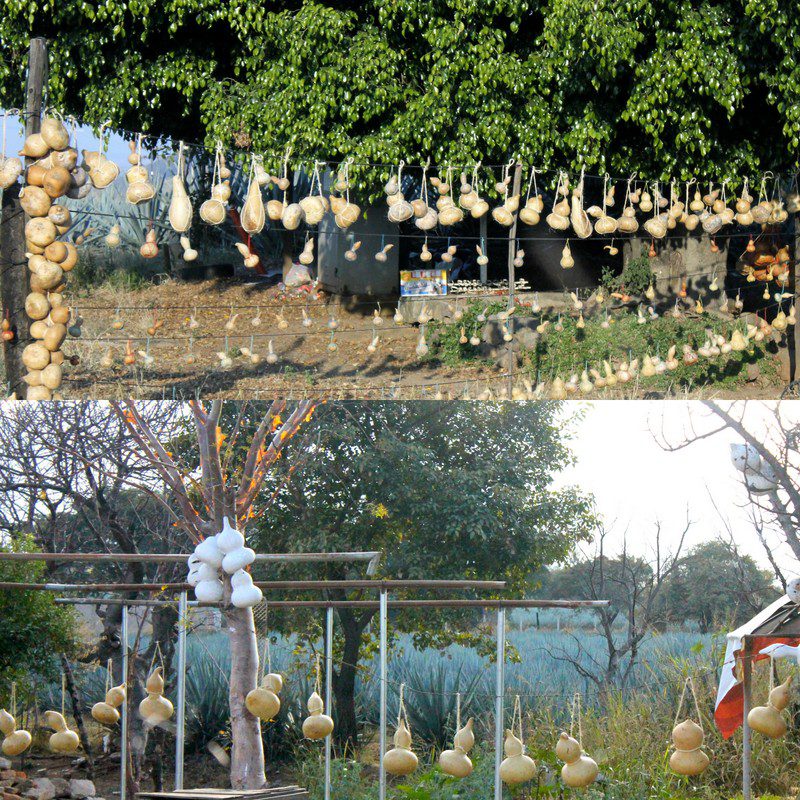 Natural Bottles for tequila
Natural Bottles for tequila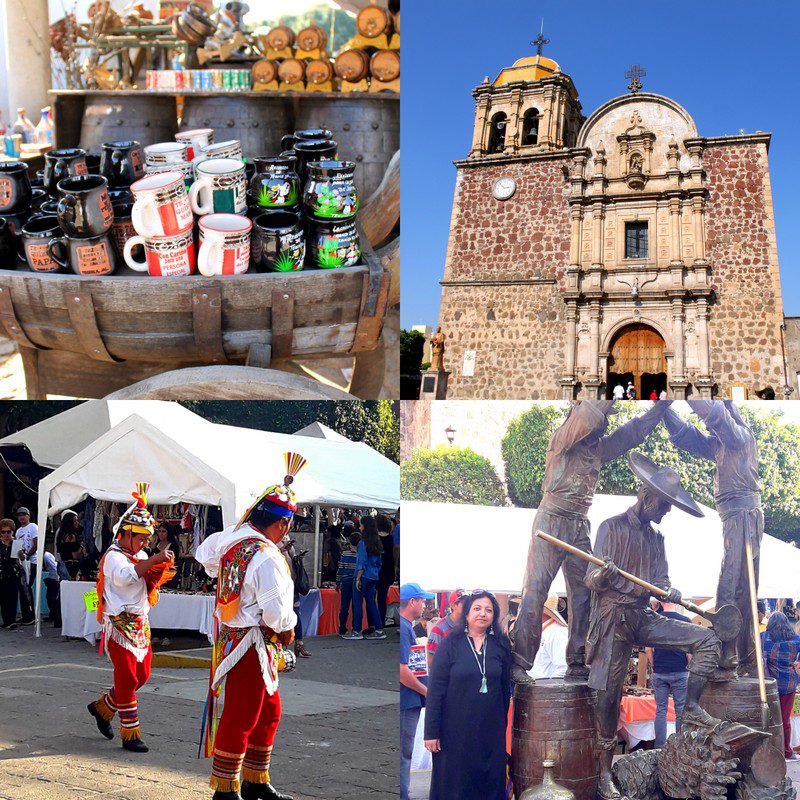 Tequila City Centre
Tequila City Centre
Tequila Town Centre
After a hearty lunch, we headed to the town centre and picked up a few trinkets from the local artisans’ stalls. It is full of vendors selling all kinds of touristy souvenirs and agave-based products. The nifty ladies were weaving pretty strands of jewellery from the Agave fibre. I wonder why we in India do not have such markets to encourage the traditional craftsmen.
Local performers were playing to the gallery and making a fast buck. Cocktails were being sold at one stall to the right and I stood to watch the bartender mixing different cocktails dexterously, serving them in terracotta glasses or kulhad as we call them here in India.
Grandparents Museum
Finally, we moved to our last stop which was the Grandparents Museum where we were not allowed to take pictures. At the onset, the museum highlights five generations of the Sauza Family who have dedicated themselves to the elaboration of Tequila. This museum was the grandfather’s house and their contribution to the tequila industry. Above all, their distillery is a part of the tour and their tequila is said to be one of the finest. It is a storehouse of original furniture and other bric-a-brac and the gift shop sells some real traditional stuff typical of the Tequila
As a rule, everyone picks up chocolates laced with Tequila, and I meandered into a store close by. I didn’t know what I would do with the chocolates but I just bought them.

Check out my post on How Tequila is made.
Finally, the interesting Tequila City Tour came to an end and we headed back to the luxurious van and drove back home in satiated silence. I didn’t want the Tequila City tour to end or leave Tequila – The Intoxicating City as it was truly a learning experience.
Those who like to clink their glasses would say “Ti Amo Tequila”. Hic!
This blog post is part of the blog challenge ‘Blogaberry Dazzle’ hosted by Cindy D’Silva and Noor Anand Chawla and sponsored by Queen’s Brigade
Check out other blogs on Mexico -Guadalajara-Mexican City of the Future, Tourist’s guide to Soologico Guadalajara, Trip to Vibrant Guanajuato
Source link
[ad_2]
source https://earn8online.com/index.php/312064/the-intoxicating-city-youll-love/
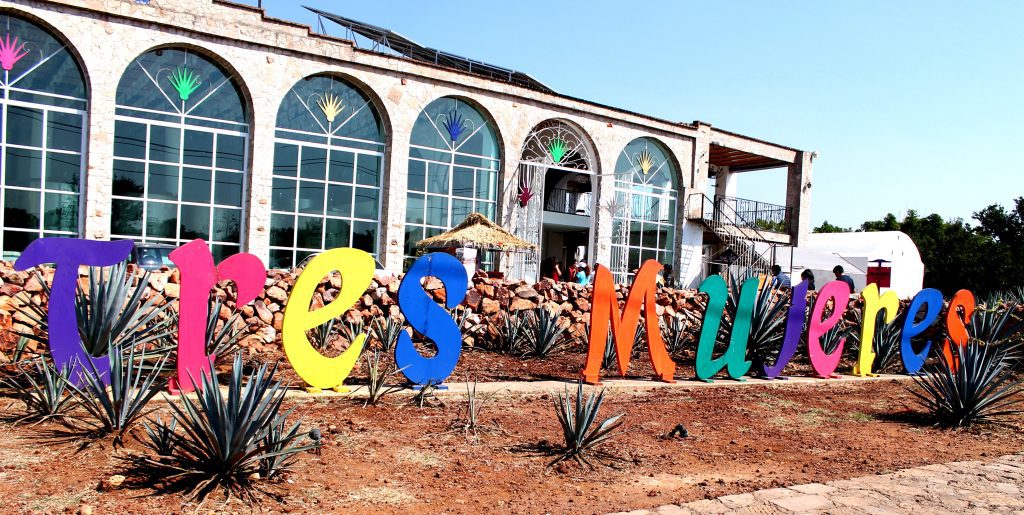
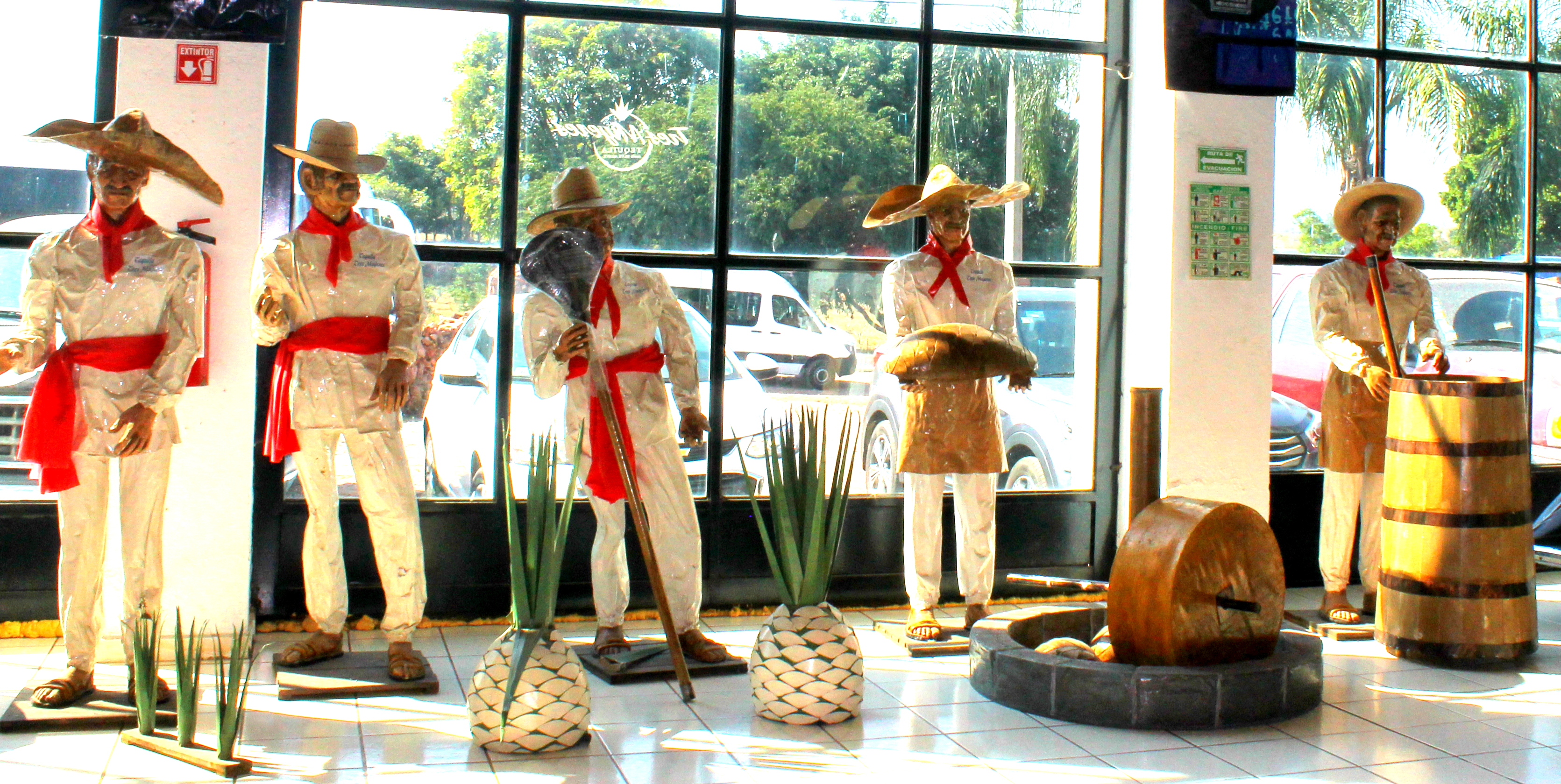

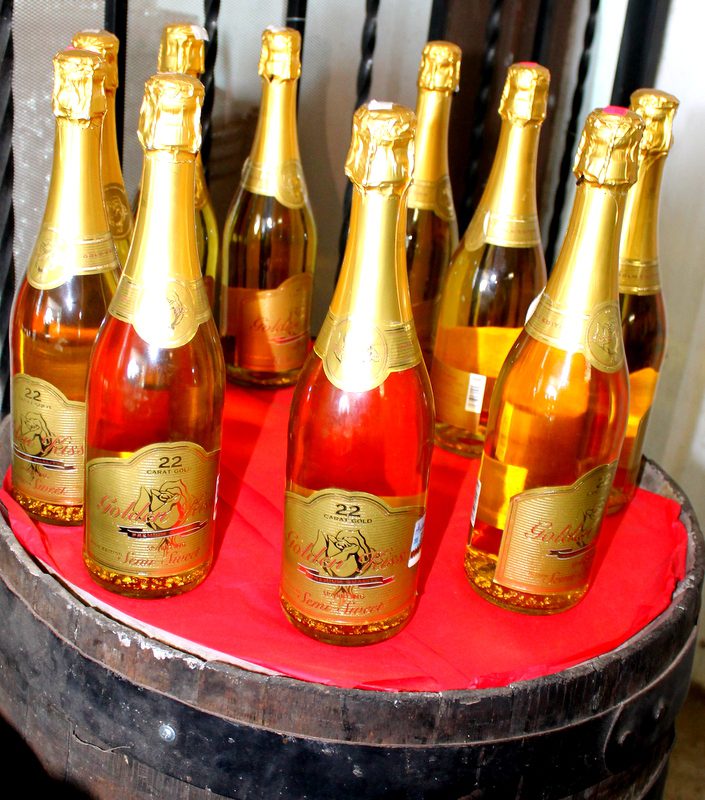
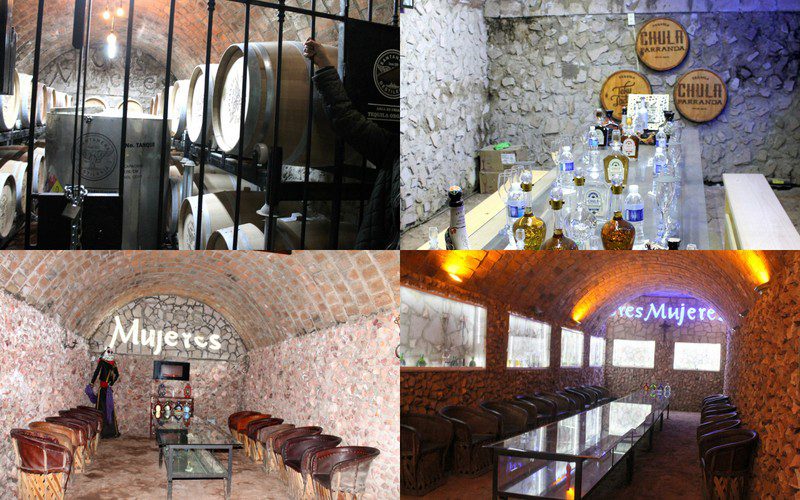
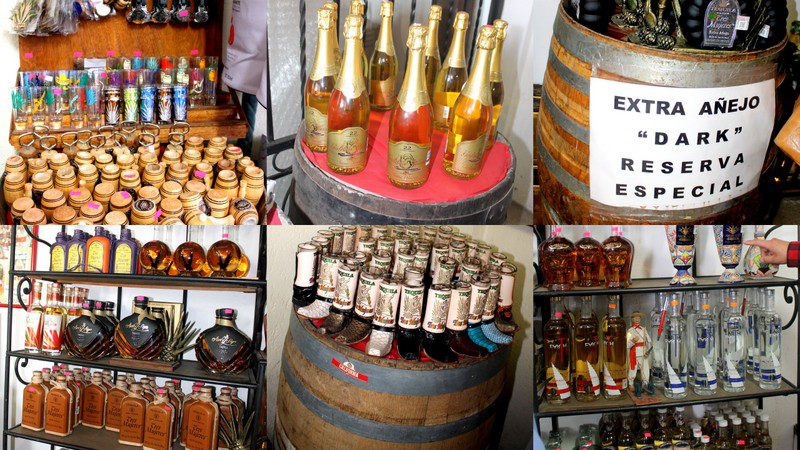
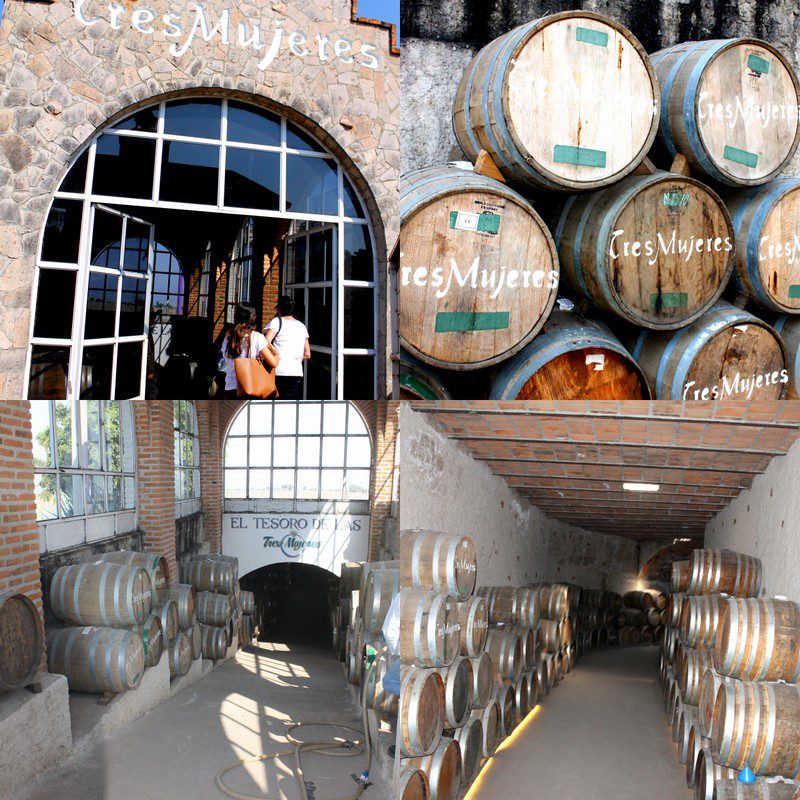
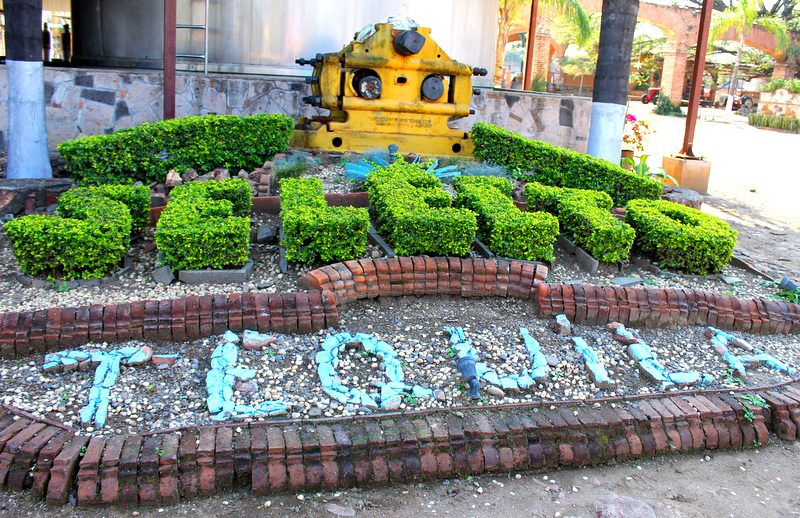
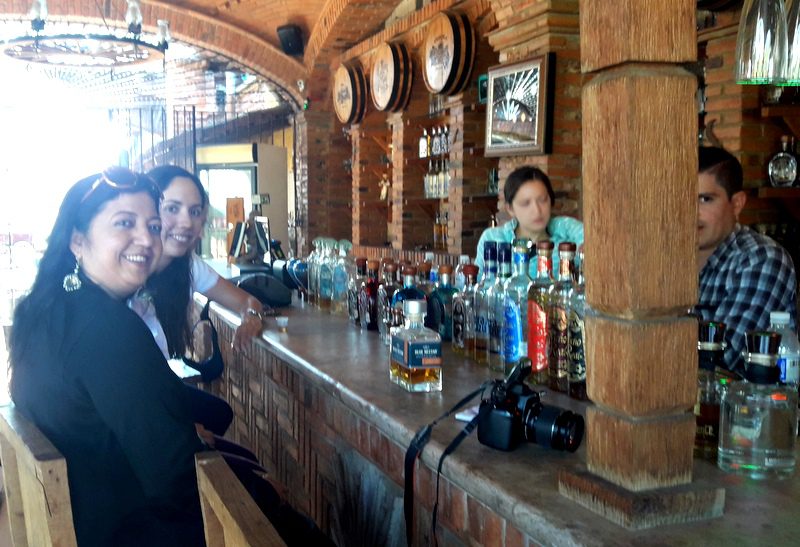
No comments:
Post a Comment